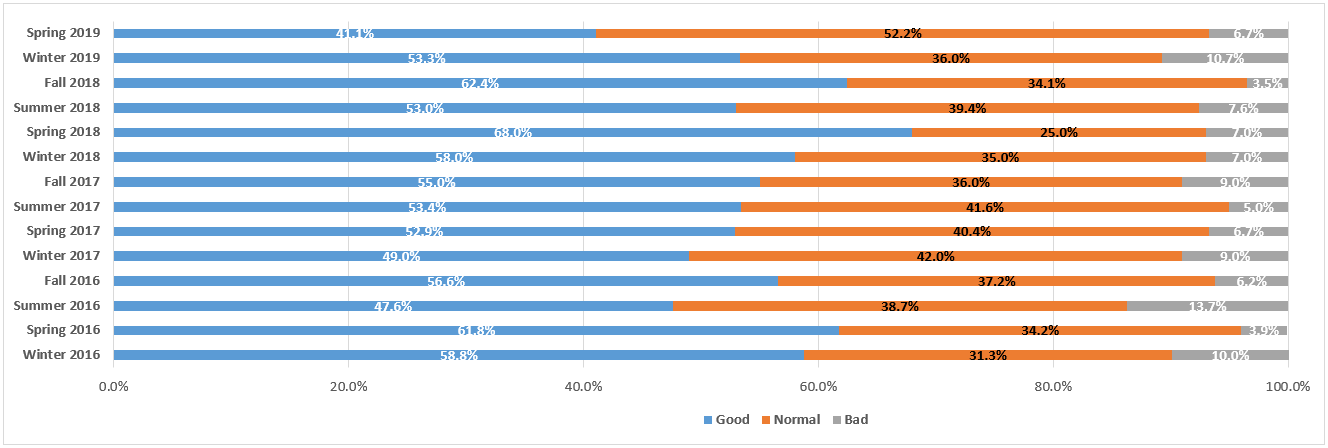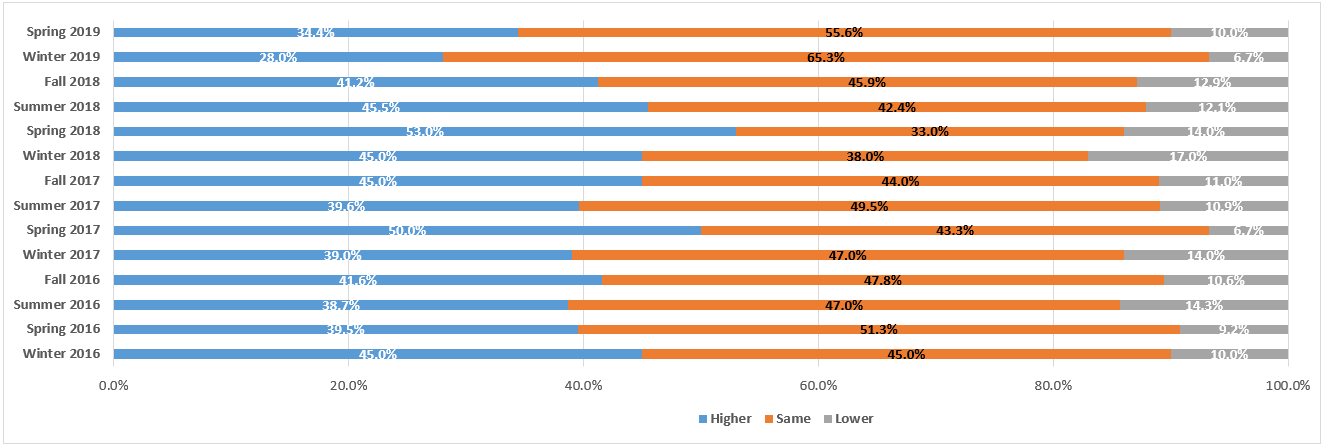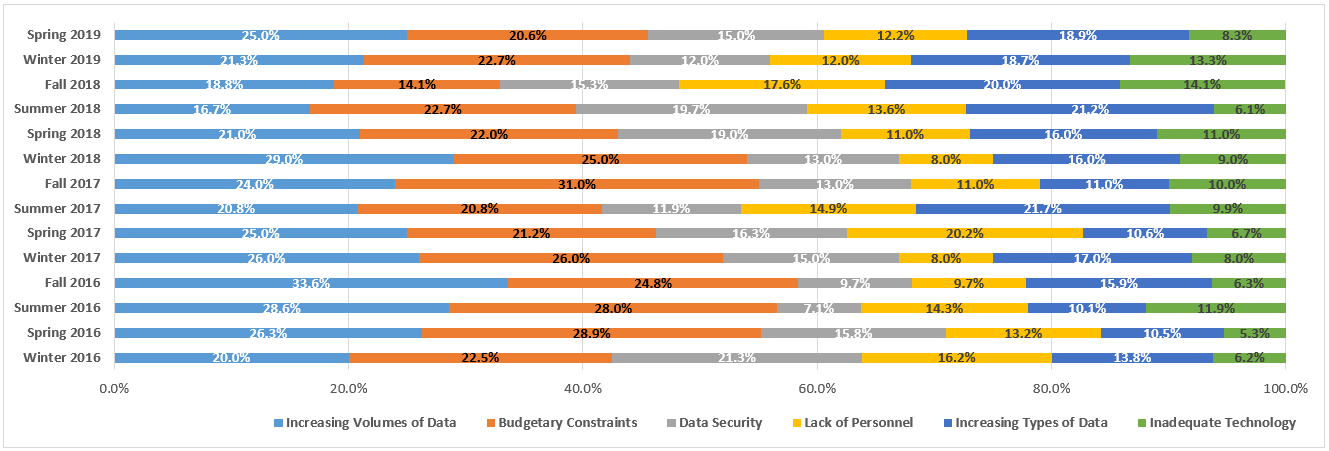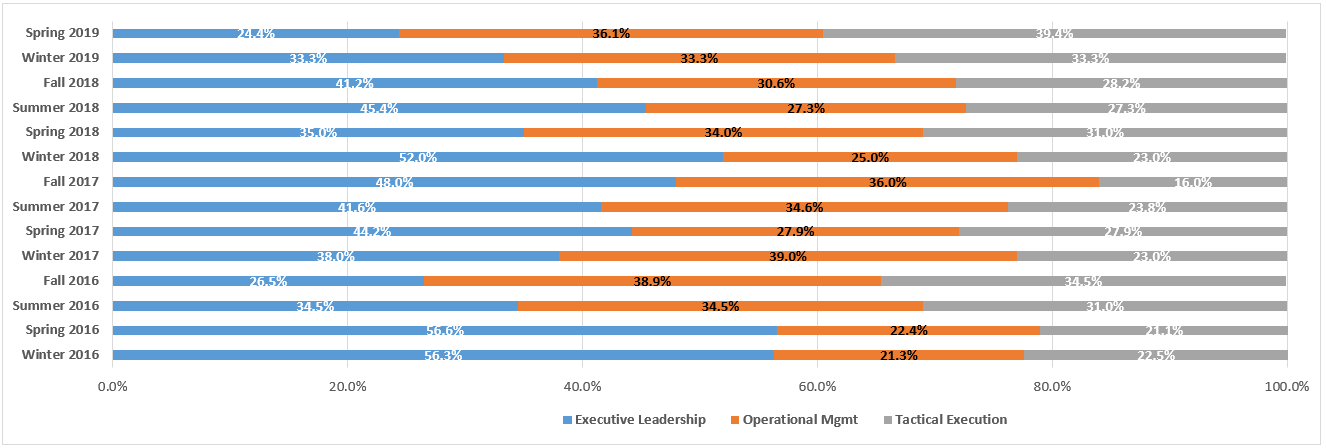It’s Time for the EDRM 2019 Workshop and Forum at Duke Law School: eDiscovery Best Practices
Two days, two posts about eDiscovery education and best practices at law schools! Yes, it’s time for the annual Duke/EDRM Workshop in Durham, NC, later this month. And, you don’t have to be a member of Duke/EDRM to attend!
The annual Duke/EDRM workshop/forum will be held this year on May 15-17. It brings together highly motivated judges, practitioners, consultants, service providers, and software vendors to work collaboratively on exciting and challenging eDiscovery and other IT projects that impact the industry and the profession. The group critically examines and discusses pending projects, providing their collective wisdom and guidance on the projects’ challenges, problems, and issues, and proposes new projects.
Over the past year, Duke/EDRM was busy. TAR Guidelines were approved, a draft of a TAR protocol is reportedly progressing nicely, and more than 250 federal judges responded to a discovery survey administered by EDRM/Exterro. At the workshop/forum, the leaders of teams handling eight pending projects will seek input and guidance from the group on the biggest challenge, issue, or problem they are encountering. The projects range from AI, to a compliance code of conduct governing GDPR, to a proportionality template and much more.
Also, Duke/EDRM notes some new activities to the workshop/forum that include 1) A panel of in-house counsel from major corporations (Exxon/Mobil, American Airlines, and GSK) discussing their biggest eDiscovery challenges and how best to work with outside eDiscovery consultants, service providers, and software vendors; 2) A panel of four judges addressing what eDiscovery information is most useful to them and what information they consider to be the least useful; and 3) A review of Herb Roitblat’s FOMO paper, which corroborates the anecdotal experience of TAR users using mathematical and probability equations that null sets rarely include significant new documents.
Speaking of “FOMO”, do you have fear of missing out this year? If so, you can still register. The registration fee is $650. If you’re a current Duke/EDRM member, you can request a promo code for $150 off registration by emailing lora.farmer@law.duke.edu. If you’re not a member, you can add an annual Duke/EDRM membership for just $50 more when registering for the workshop/forum, for a total payment of $700.
Here’s a link to the workshop main page, the agenda, a list of panelists, a list of materials that will be included, hotel accommodations (the Washington Duke Inn is very nice) and the registration page.
So, what do you think? Are you going to this year’s Duke/EDRM workshop/forum? And, have you ever seen more slashes (“/”) in a single blog post? As always, please share any comments you might have or if you’d like to know more about a particular topic.

Sponsor: This blog is sponsored by CloudNine, which is a data and legal discovery technology company with proven expertise in simplifying and automating the discovery of data for audits, investigations, and litigation. Used by legal and business customers worldwide including more than 50 of the top 250 Am Law firms and many of the world’s leading corporations, CloudNine’s eDiscovery automation software and services help customers gain insight and intelligence on electronic data.
Disclaimer: The views represented herein are exclusively the views of the author, and do not necessarily represent the views held by CloudNine. eDiscovery Daily is made available by CloudNine solely for educational purposes to provide general information about general eDiscovery principles and not to provide specific legal advice applicable to any particular circumstance. eDiscovery Daily should not be used as a substitute for competent legal advice from a lawyer you have retained and who has agreed to represent you.














